When it comes to cannabis, there’s often a lot of talk about sativa and indica, but what about ruderalis? If you’re a beginner grower or just curious about the different cannabis types, you’re in the right place. Sativa, indica, and ruderalis each have their unique traits, growth habits, and effects. In this guide, I’ll break down everything you need to know about these strains so you can make informed choices for your growing journey.
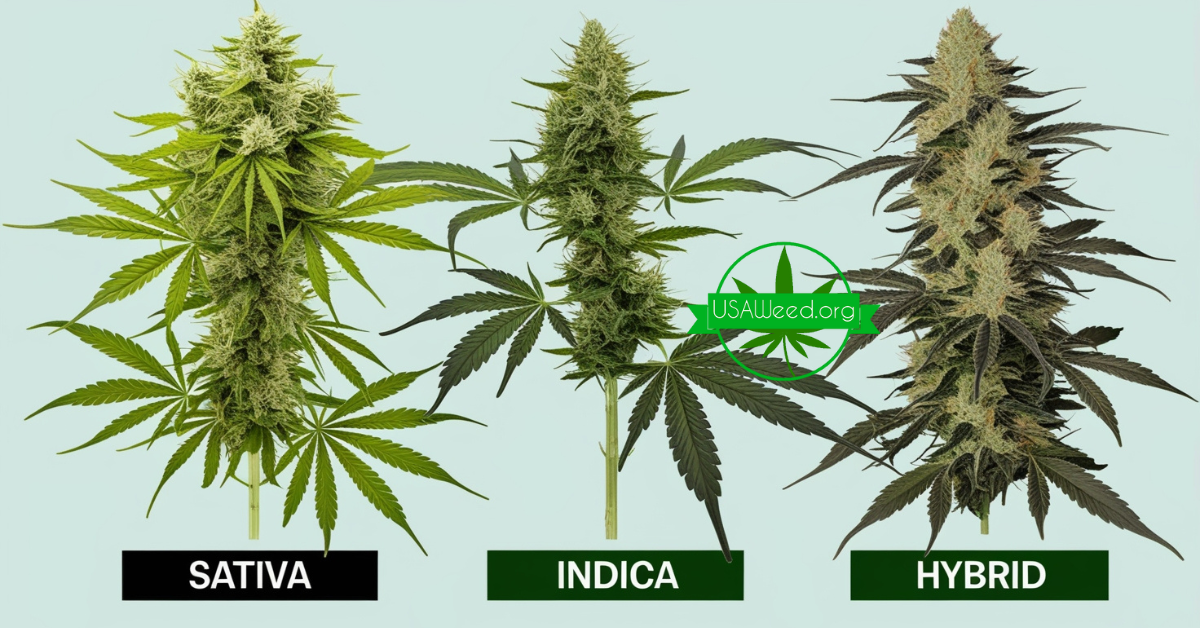
What Are the Main Types of Cannabis?
There are three primary types of cannabis: sativa, indica, and ruderalis. Each has its own characteristics that make it distinct, from how it grows to the kind of effects it has. Let’s dig into what makes each type unique.
Overview of Cannabis Sativa
Sativa plants are known for their tall, lanky structure with narrow leaves. They generally grow in regions with warmer climates and longer growing seasons, like Central America and Southeast Asia. Sativa strains are famous for their uplifting, energizing effects. They’re typically high in THC and low in CBD, making them the go-to choice for a daytime high or when you need a creativity boost.
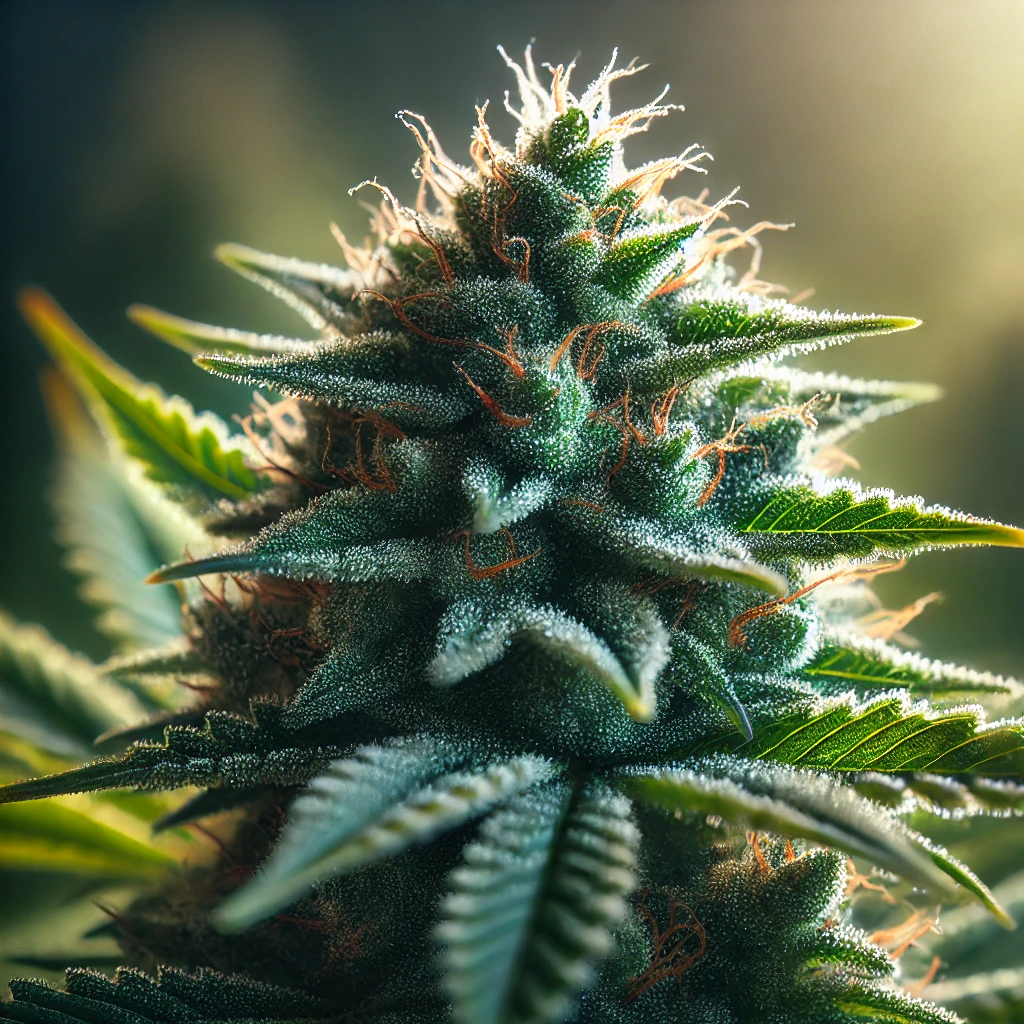
Overview of Cannabis Indica
Indica plants are more stocky and bushy, with broad leaves. They originate from mountainous regions, such as the Hindu Kush range. Indicas tend to grow faster and are well-suited to cooler climates. The effects of indica strains are often described as calming and relaxing. Think of them as your go-to for unwinding or chilling on the couch. They’re usually higher in CBD, which adds to their sedative properties.
Overview of Cannabis Ruderalis
Ruderalis is the lesser-known cousin of sativa and indica. It’s a short, hardy plant that naturally grows in rough conditions, like the harsh climates of Russia and Central Asia. Ruderalis strains are unique because they’re autoflowering, meaning they flower based on age rather than light cycles. While ruderalis has lower THC content, it’s often used in hybrids to create strains that are easier to grow.
Sativa: Characteristics and Uses
Sativa strains bring a unique vibe to the cannabis world. Let’s get into what makes sativa so special.
Origins of Sativa Strains
Cannabis Sativa strains come from regions close to the equator, like Thailand, Colombia, and Mexico. The consistent warmth and long sunny days in these areas allow sativa plants to develop their towering height and airy bud structure.
Growth Traits of Sativa
Sativas can grow up to 12 feet tall, so you’ll need plenty of vertical space. They have a longer flowering period, usually between 10 to 16 weeks. This means you’ll need to be a bit more patient, but trust me, it’s worth the wait. Because of their size, they also need more room for root expansion, so keep that in mind if you’re growing indoors.
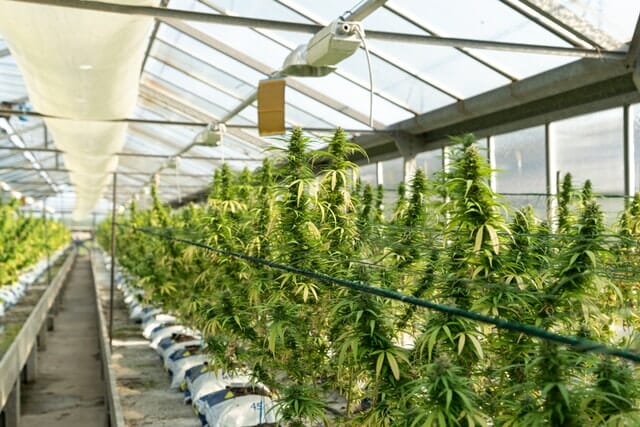
Effects and Common Uses of Sativa
Sativas are known for their cerebral, energetic high. They’re great if you want to stay active, be social, or get creative. Many people use sativa strains to help with mood disorders, fatigue, and even social anxiety. I always suggest using sativa for daytime activities to keep that energy flowing.
Popular Sativa Strains
Some classic sativa strains include Sour Diesel, Jack Herer, and Durban Poison. These strains are famous for their strong, uplifting effects and are usually the top pick for anyone looking to stay productive.

Indica: Characteristics and Uses
Indicas bring a whole different set of traits to the table. Let’s explore what makes these strains ideal for relaxation.
Origins of Indica Strains
Cannabis Indica strains come from the mountainous regions of the Hindu Kush, Afghanistan, and Pakistan. The cooler climates in these areas shaped indicas into the compact, bushy plants we know today.
Growth Traits of Indica
Indica plants are short and stout, making them perfect for indoor growing. They flower faster than sativas, typically in 6 to 9 weeks. Their buds are dense and full of resin, which is ideal for making concentrates. If you’re looking for a quicker harvest, indicas are the way to go.
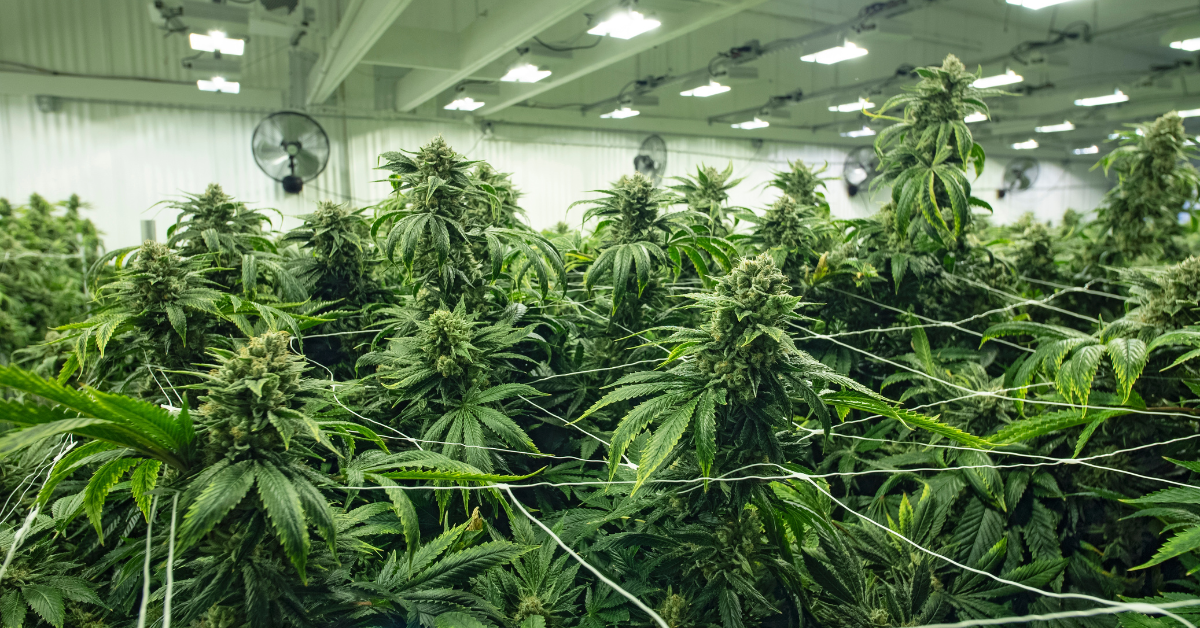
Effects and Common Uses of Indica
Indicas are all about relaxation. They produce a body high that can help with stress, insomnia, and chronic pain. When I need to unwind, an indica strain like Northern Lights does the trick. It’s best used in the evening or before bedtime to help you drift off to sleep.
Popular Indica Strains
Some well-loved indica strains include Granddaddy Purple, Blueberry, and Afghan Kush. They’re known for their heavy, sedative effects, making them ideal for winding down.
Ruderalis: The Lesser-Known Cannabis Type
Cannabis Ruderalis may not be as popular as sativa or indica, but it has some unique features that make it valuable for growers.
Origins of Ruderalis Strains
Ruderalis originated in Russia and Central Asia, where the harsh climates forced it to adapt into a hardy, resilient plant. Unlike its cousins, ruderalis grows in areas with short summers and colder temperatures.
Growth Traits of Ruderalis
Ruderalis plants are short and bushy, rarely growing taller than 2 feet. They’re autoflowering, meaning they don’t rely on light cycles to flower. This makes them perfect for beginner growers or those with limited space. They also have a quick flowering period, usually around 5 to 7 weeks.

Effects and Common Uses of Ruderalis
Ruderalis strains have lower THC levels, so their effects are mild. They’re often used in breeding to create autoflowering hybrids, combining the desirable traits of sativa or indica with the easy-growing nature of ruderalis.
Popular Ruderalis Strains
Pure ruderalis strains are rare, but you’ll find many hybrids like Lowryder that carry ruderalis genetics. These hybrids offer a balance of the desired traits of sativa or indica with the autoflowering nature of ruderalis.
Key Differences Between Sativa, Indica, and Ruderalis
Growth Patterns and Harvest Times
Sativas are tall with long flowering periods, while indicas are short with faster flowering times. Ruderalis is the shortest of them all and autoflowers based on age, not light cycles. This makes ruderalis hybrids a great choice for growers wanting a quick harvest.
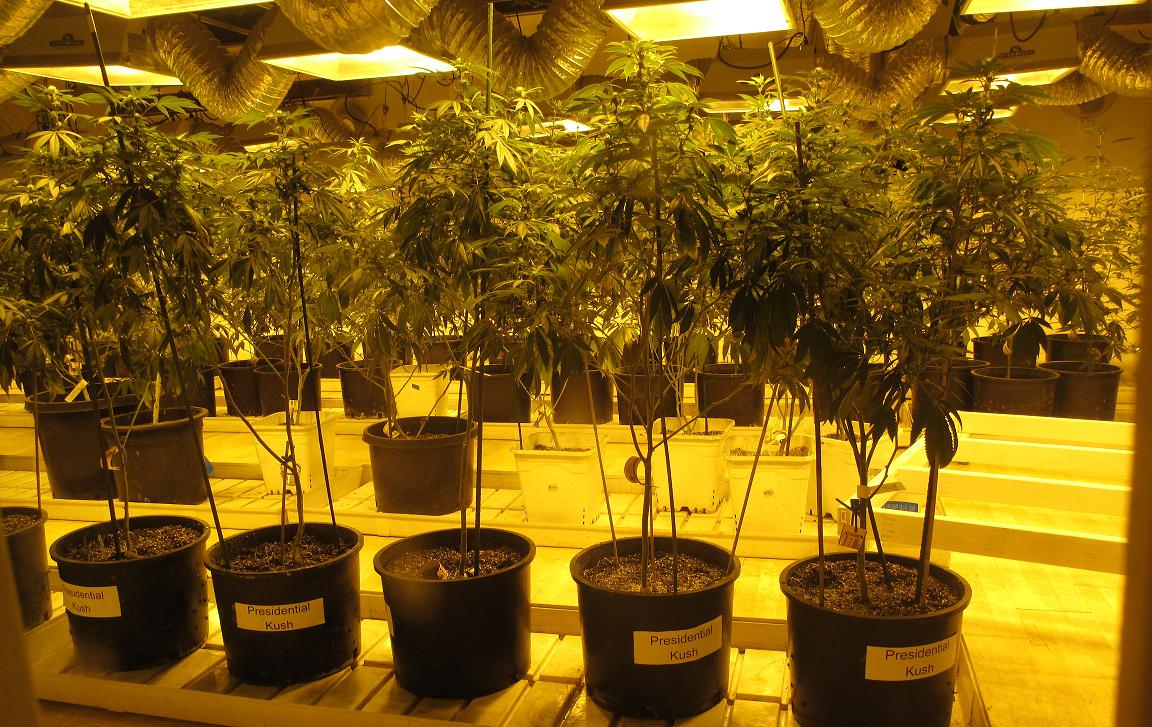
Cannabinoid Profiles and Potency
Sativas are typically high in THC, leading to an energetic high. Indicas have more CBD, offering a calming, sedative effect. Ruderalis has lower THC, which is why it’s mainly used to breed autoflowering strains.
Effects on Users – Mental and Physical
Sativas are uplifting, indicas are relaxing, and ruderalis is mild. Choosing the right type depends on whether you want a mental boost, a physical calm, or a combination of both.
Medical vs. Recreational Uses
Sativas are great for mood enhancement and creativity, while indicas are preferred for pain relief and sleep. Ruderalis is mainly bred into hybrids, which can be tailored for specific medical needs.
Growing Sativa, Indica, and Ruderalis: What You Need to Know
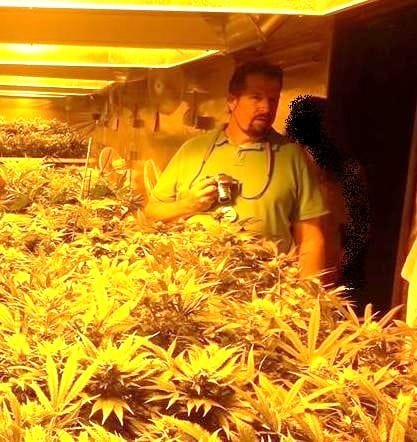
Environmental Requirements for Each Type
Sativas need a warm, humid climate, while indicas thrive in cooler environments. Ruderalis is tough and can handle extreme conditions, making it the most versatile for different growing setups.
Common Challenges and How to Overcome Them
Sativas can outgrow small spaces, so training techniques like topping are a must. Indicas are prone to mold in high humidity, so good airflow is crucial. Ruderalis is relatively low-maintenance, making it perfect for beginners.
Autoflowering Traits of Ruderalis
Ruderalis flowers based on age, not light cycles. This is ideal for growers who want a simple setup without worrying about changing light schedules. Ruderalis hybrids make indoor growing easier and more predictable.
How to Choose the Right Strain for You

Matching Strains to Your Needs
If you need energy and creativity, go for a sativa. For relaxation and sleep, indica is your best bet. If you want a quick, easy grow, consider a ruderalis hybrid.
Considering THC and CBD Levels
High-THC strains provide a stronger high, while high-CBD strains offer therapeutic benefits without the buzz. Check the cannabinoid profile of each strain to match your desired effects.
Legal Aspects and Availability
Always check local laws before growing or using cannabis. Some areas may restrict high-THC strains, so ruderalis hybrids with lower THC might be a safer option.
What is the main difference between sativa, indica, and ruderalis?
Sativa is energizing, indica is relaxing, and ruderalis is mild and autoflowering, used mostly in hybrids.
How do the effects of sativa and indica differ?
Sativa gives an energetic, cerebral high, while indica provides a calming, body-focused effect.
Can ruderalis strains be used for medical purposes?
Yes, they’re often bred into hybrids to combine desired medicinal properties with easy-growing traits.
Which strain is easier to grow, sativa or indica?
Indica is generally easier due to its shorter height and quicker flowering time.
Are hybrid strains a mix of sativa, indica, and ruderalis?
Yes, hybrids often combine genetics from all three to create unique traits and effects.
Understanding the differences between sativa, indica, and ruderalis is key to choosing the right strain for your needs and growing conditions.
Each type has its own set of characteristics, growth habits, and effects, whether you’re looking for a daytime boost, a nighttime chill, or an easy-growing plant.
By knowing what makes each strain unique, you can better tailor your cannabis experience and set yourself up for success as a grower. Remember, there’s no one-size-fits-all answer—it’s all about finding what works best for you and your goals.


